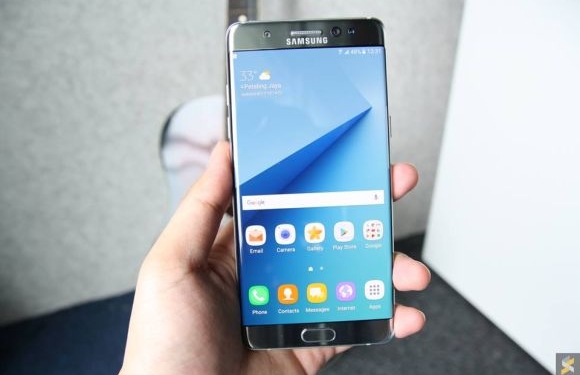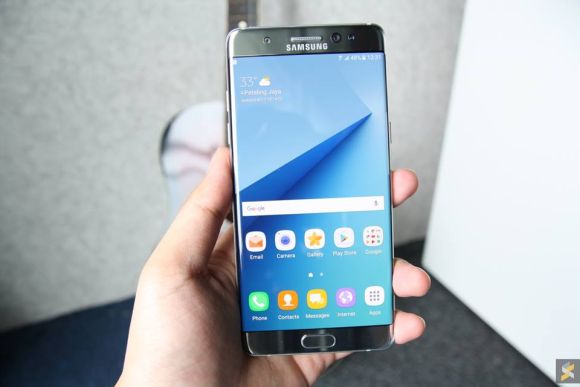A few days ago, we highlighted an interesting video from YouTuber JerryRigEverything which saw the brand new Samsung Galaxy Note7 undergo various stress tests to determine its durability. It was a very painful but also pretty useful video because it showed us just how scratch-resistant the new Gorilla Glass 5 screen was.
If you want the TL;DW version, it wasn’t particularly scratch resistant. Clearly a big problem for Corning, then. Well, back then we only saw JerryRigEverything’s side of the story. Now, thanks to AndroidAuthority, we get to hear Corning’s side.
Kris Carlon from AndroidAuthority (AA) reached out to Corning to get a detailed response from the makers of the glass themselves to try and better understand what happened with the scratch tests. To give you some background to JerryRigEverything’s scratch tests, the YouTuber uses a set of metal picks that have varying hardness based on the Mohs Scale of Mineral Hardness. Most screens don’t start scratching until a pick with the hardness of 5 or 6 is introduced.
However, with the Note7, it started scratching right from the level 3 pick which, according to JerryRigEverything, is just one step above plastic in scratch resistance.
So, when AA interviewed Corning’s spokespeople, the first thing Corning did was question the reliability of the test itself, noting that the tests were “not bonafide industry tests” and that JerryRigEverything was “using Mohs hardness picks in an uncontrolled manner”. Corning also insisted that all glass falls between a hardness of 5 or 6 so it would not be possible for a level 3 pick to scratch it.
If that was the case, how do they explain the obvious scratch marks on the screen after the level 3 pick was done with it?
“Material transfer on the tests substrate”. According to Corning, because the pick in the video was only at a hardness of 3 (considerably softer than their glass), and depending on the load, the material could be transferred to the glass (basically the pick was rubbed off on the glass). As a result, this “material transfer” could appear, to the untrained eye, as a visible scratch.
My question now is: Does that really matter?
To the untrained eye, which I believe makes up the majority of the people buying the smartphone, it looks like a scratch and will therefore be treated as one. Besides, even if it was the pick smearing itself on the glass like a crayon, that’s still a visible mark on the screen (which can’t be rubbed/wiped off, might I add) and I doubt anyone would want that — untrained eye or otherwise. The detail of whether or not the actual glass has been scratched is rather irrelevant in terms of aesthetic appearance.
AA also pointed out that if it really was just the material rubbing off on the screen, the marks on the screen should logically get less obvious as the picks get harder. Corning’s response was that the material transfer depends on the load as well as the hardness of the pick, suggesting that you could make a high hardness material transfer look like a low hardness material transfer depending on how much pressure one applies to the screen. In other words, it seemed like they were very subtly suggesting that JerryRigEverything was rigging his test, something which even AA thought was a little “too Machiavellian for a YouTuber”.
With all of that out of the way, AA asked the question that has been lingering at the back of our minds since this whole thing started: Is Gorilla Glass 5 at least as scratch resistant as Gorilla Glass 4? After a dodged response, Corning finally said: “Yes, that is correct”.
What do you guys think of Corning’s response? Do you think they’re trying to pull one over on us? Let us know in the comments below. The full interview is much longer than my summarised version so definitely check that out over on AndroidAuthority.
[SOURCE]









